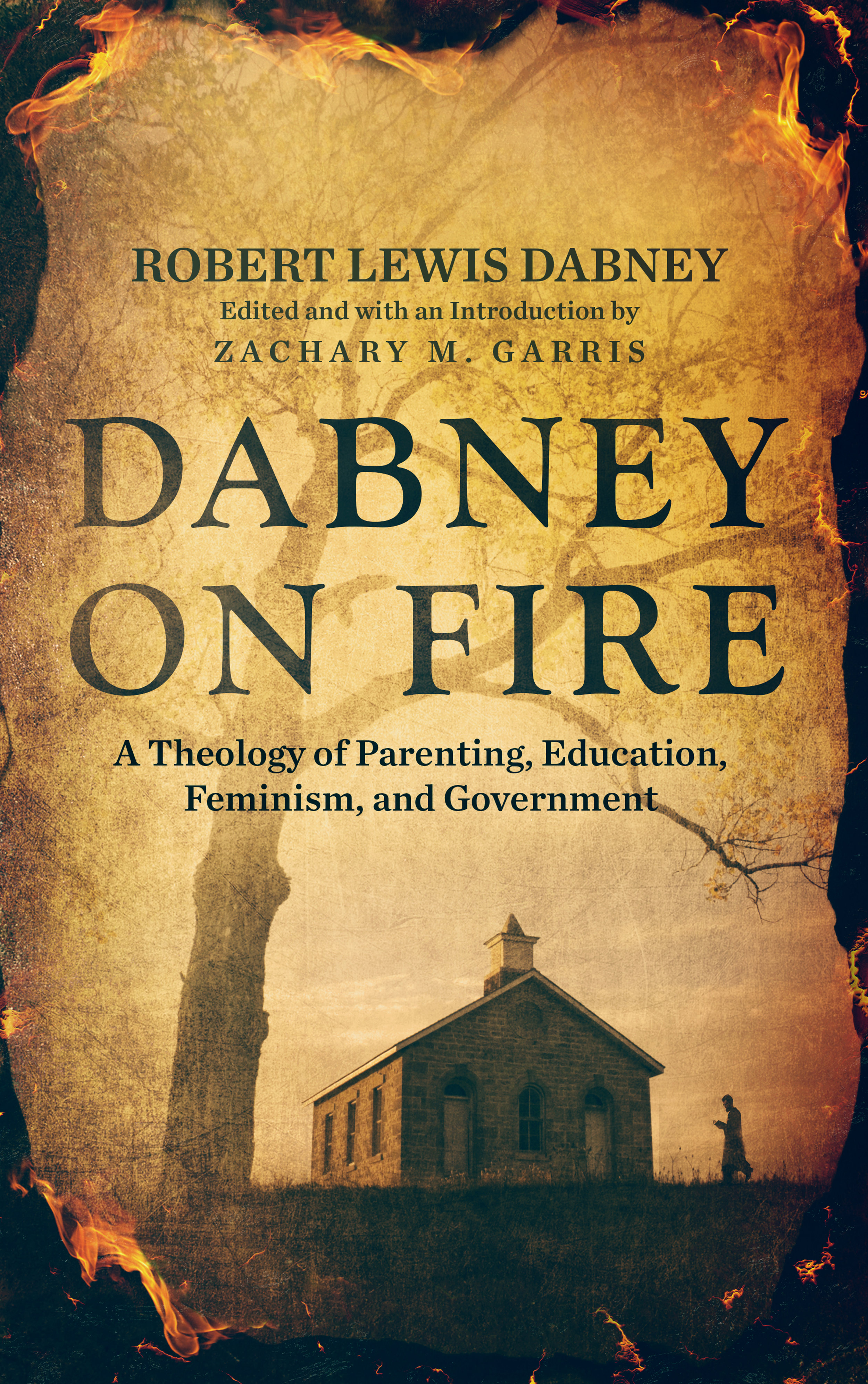Freedom of Education and the Law in the United States
/The Supreme Court has screwed up a lot of things throughout its history. However, the Court has helped to protect the rights of parents to choose where and how to educate their children.
There are two important cases here. In the first, Pierce v. Society of Sisters (1925), the Supreme Court held that parents have the right to educate their children outside of the public schools. Citing the Due Process Clause of the Fourteenth Amendment, the Court struck down an Oregon law mandating that children attend public school between ages 8 to 16 (which was aimed at eliminating parochial schools). Affirming parental rights, the Court said that a child “is not the mere creature of the state.”
The second case of importance is Wisconsin v. Yoder (1972), where the Court held that states cannot require parents to send their children to school past 8th grade when it interferes with the parental right to exercise free religion. Citing the First Amendment (incorporated through the Fourteenth), the Court struck down a Wisconsin law requiring children to attend school until age 16, as this interfered with the rights of Amish parents who refused to send their children to school past 8th grade.
Both of these cases were formative in establishing the rights of parents to choose where and how to educate their children. Homeschool advocates cited these cases in the fight for the legal right to homeschool, which through many legislative and judicial battles finally became legal in every state by 1993 (with different requirements in each state).
What should we think of these court rulings?
On the positive side, these cases led to substantial freedom for parents to choose where and how to school their children.
On the negative side, these cases were decided incorrectly. The Constitution says nothing about education and parental rights to such, nor does it grant the Supreme Court authority over such state laws. These were issues that should have been settled by state courts, not the federal courts.
One may respond, “What about the states that refused to protect parental rights?” My response is that this was unfortunate and parents should have fought for freedom of education in the state courts and the state legislatures (which is what happened with homeschooling anyway).
Unfortunately, the Supreme Court did not stop with striking down state laws interfering with parental rights over education. The Court also used this doctrine of “substantive due process” to strike down state laws regulating abortion, marriage, and other areas of moral significance. The Due Process Clause (of the Fifth and Fourteenth Amendments) was only intended to guarantee procedural due process in the judicial system, but the Supreme Court reinterpreted the clause to circumvent the Constitution’s limitations on the Federal Government.
Further, the Court used its newfound "incorporation doctrine" to banish prayer and Bible reading from public schools. Whereas the first ten amendments (the Bill of Rights) were intended only as a limitation on the Federal Government, the Supreme Court in the mid-1900s began applying them to the states ("incorporating" them through the Fourteenth Amendment). This created a national approach to laws rather than a federal one.
I therefore conclude that the Supreme Court rulings in Pierce and Yoder were incorrect and that their legal basis was harmful in the long run. Unjust state laws could have been overturned through other means, just as anti-homeschooling laws were done away with.
Of course, the Supreme Court was correct that parents have the right to choose how to educate their children. However, this is a natural right—not a constitutional right. And it is one that state courts should have been upholding. This simply was not an issue that the Supreme Court should have been addressing. But it did, and as for the outcome, we can be thankful that parents have alternatives to public schooling in these United States.







